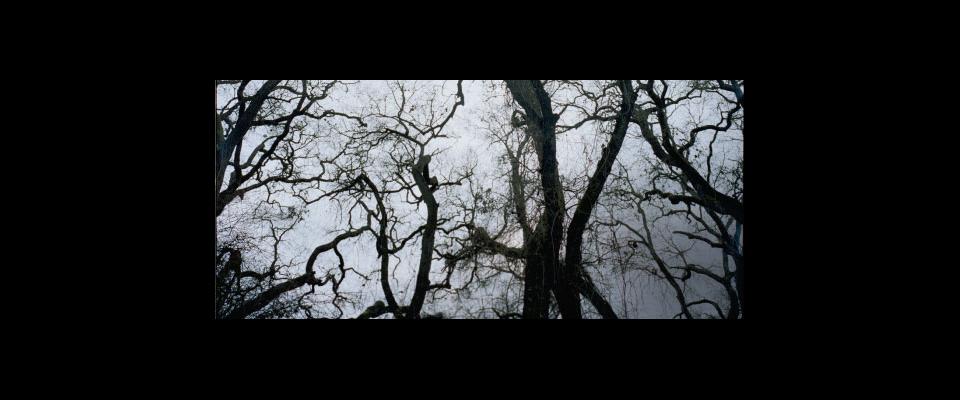In February, I began photographing the edge upon which California’s agriculture uneasily rests—where urban growth and agricultural preservation collide. While I worked on the project, my mother passed away. Her life mirrored the changes of the Sacramento Valley. She was born on a hop ranch, went to school in a one-room building, and lived out the suburban housewife’s dream. For over a hundred years, my family had witnessed the transformation of Sacramento from an agricultural town into a modern city. I grew up in a neighborhood called Gardenland, near the confluence of the Sacramento and the American Rivers, that’s now in the middle of one of the fastest-developing areas of Sacramento. The seemingly endless tomato and wheat fields that once surrounded my family home are now covered by apartment complexes, shopping malls, and business parks.
I was also interested in the emergence of sustainable farming practices. As I photographed field workers at organic farms working lightly on the land, I recalled my boyhood: the heat of the late summer and the ripe smells as I labored in the fields picking tomatoes. It called up memories of the riparian and valley oaks and the cottonwoods that grew along the nearby rivers and levees. I climbed them, flew on rope swings tied to their strong branches, and was cooled by their shade on long summer days.
When I began photographing, I thought I would be hampered by the winter season. It was downtime on farms. But the empty fields, bare orchards, and stark winter oaks became a perfect symbol for California’s agricultural valleys—a redolent past and a future promise.
From the May June 2007 New Food and Farming issue of California.



















